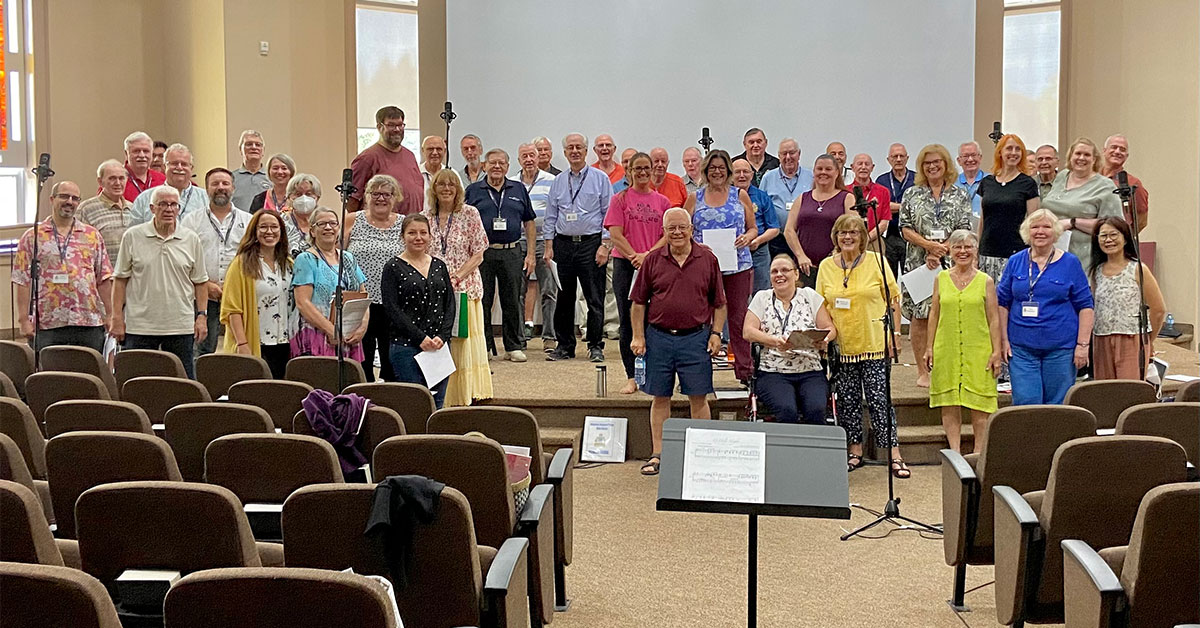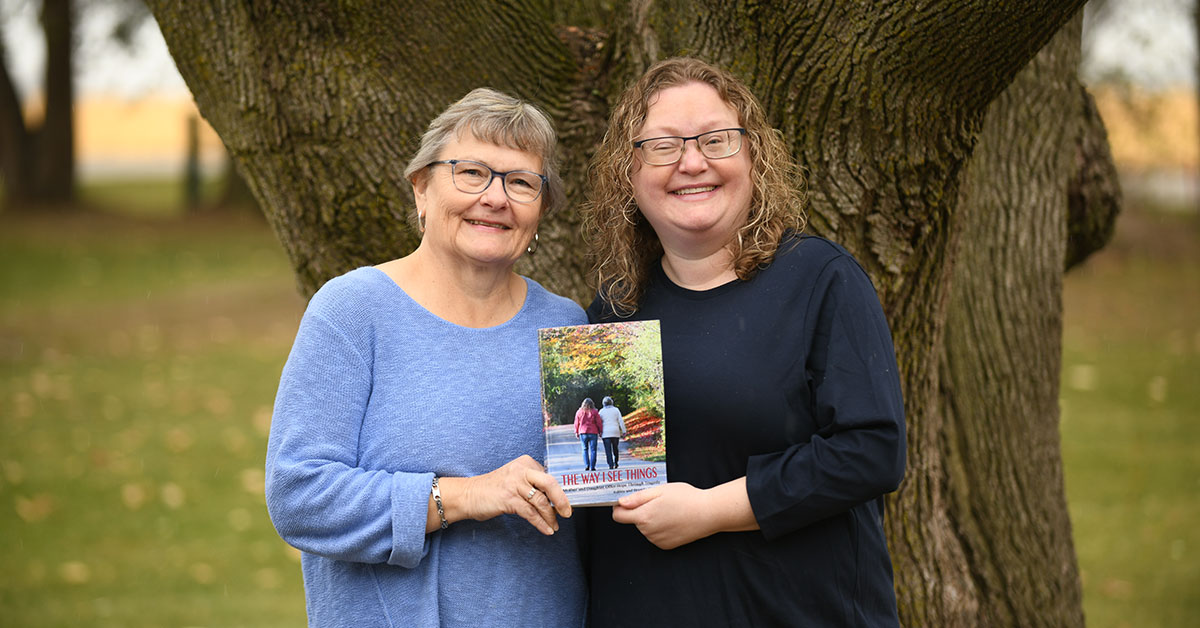;
;
;
Next Article
The sounds of the season … and a new MRI machine

Ashley Tindall and her mother Brenda are ready to launch their book about their journey of living through traumatic brain injury and recovery, from their perspectives as the injured person and also the caregiver. The launch will take place at 2 p.m. on December 11 at St. Jacobs Calvary United Church
Last updated on May 03, 23
Posted on Nov 17, 22
5 min read
